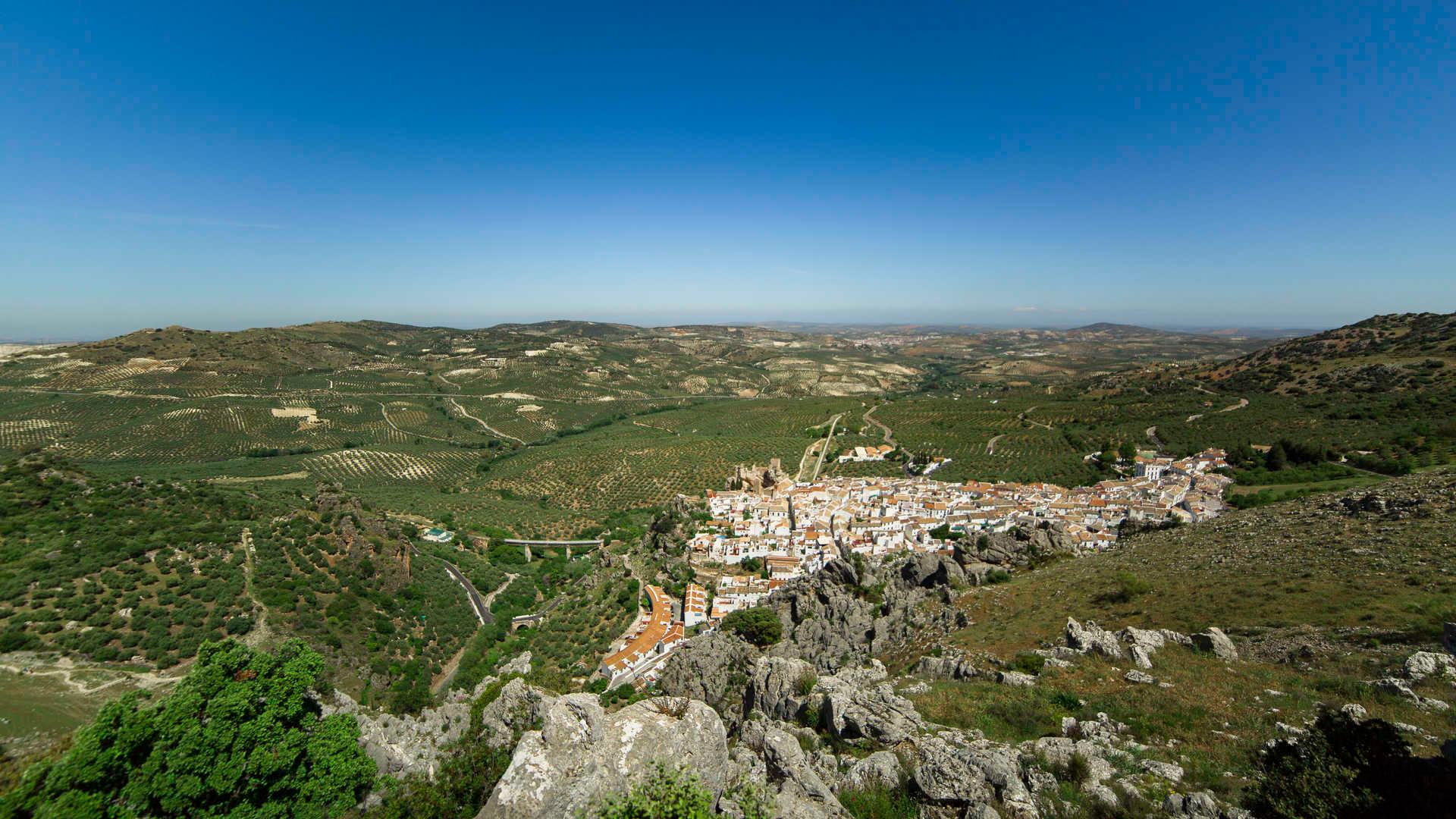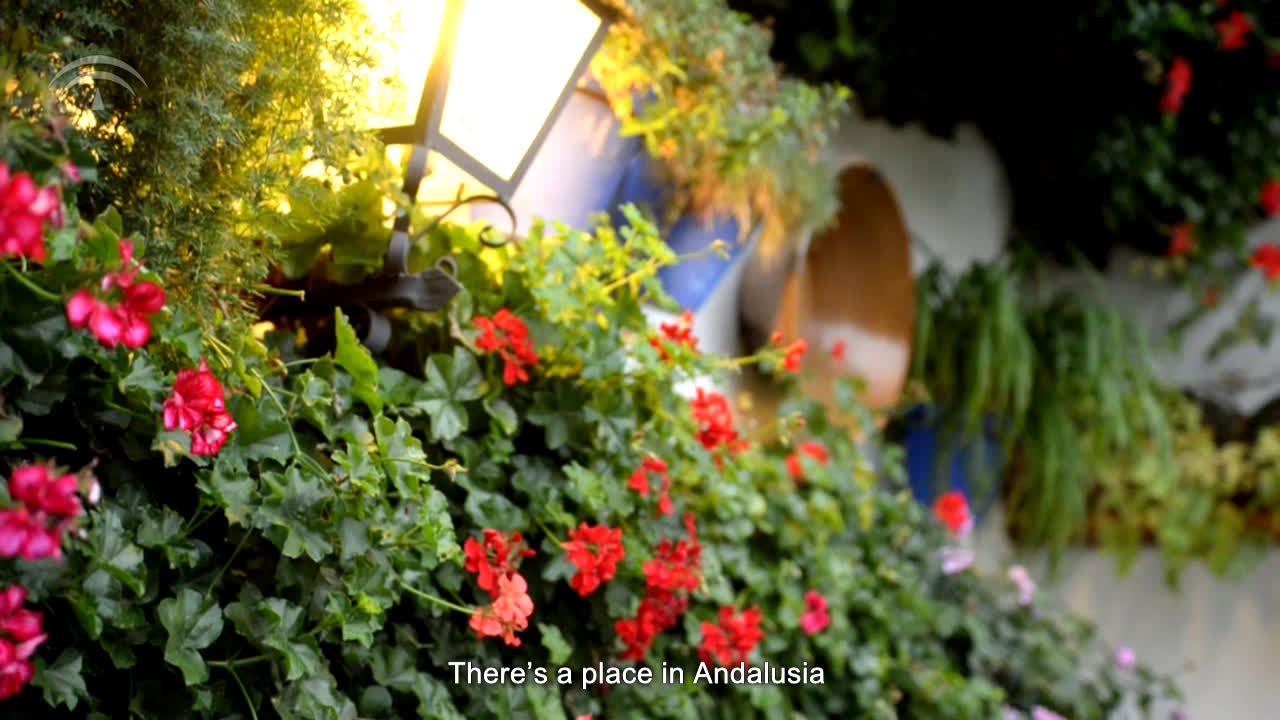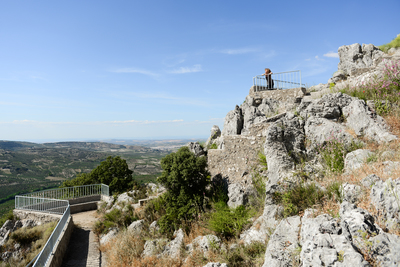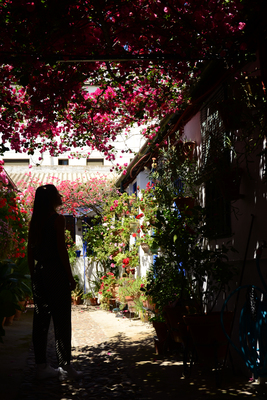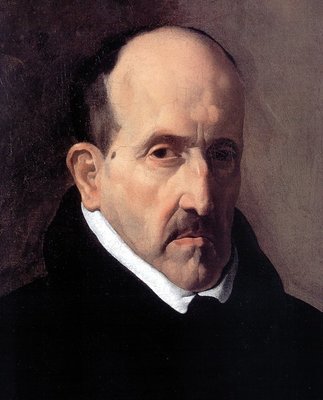Abderrahmán III, father of the Cordoba Caliphal
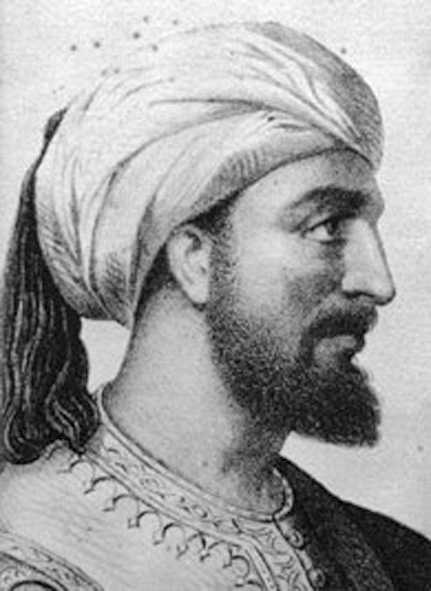
Emir and Caliph of Cordoba. The culmination of the State established by the Umayyad family in Arab Andalusia and the first heyday of Islam in the Iberian Peninsula..
Abderrahmán III (Cordoba, 891-961)
Omeya splendour
Son of Muhammad, the eldest son and heir of Emir Abd Allah, who killed his brother Mutarrif and died shortly after during the difficult days the country underwent. His mother was a princess of Navarre who sources called Muzna or Miren.
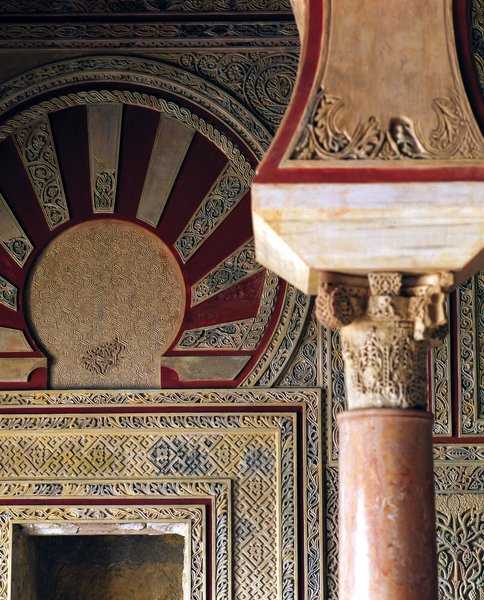
Abderrahmán III is one of the main figures of the history of Arab Andalusia. His first merit consists of restoring the country's administrative unit following the revolt of the late 9th century by introducing changes to all levels of the administration, providing a structure that lasted up to the time of the Almoravids. Meanwhile, he turned Ál-Ándalus into a great power of the Mediterranean, acting as an arbitrator for the rest of the States in the Iberian Peninsula, with a global vision of peninsular politics. He also established a strategy to North Africa, where the Arab presence is reaffirmed. What's more, he formed systematic relations with Byzantine and the European countries. This all culminated with the practical break with the Caliph of Bagdad, adopting the title of Emir of the Believers, and thus establishing de iure the autonomy that Ál-Ándalus already had.
During his reign, the entire Moorish Andalusia, specifically Cordoba, reached an an unprecedented economic and cultural splendour. The foundation of the palatial city of Medina Azahara, from 936, where the court and administration of Al-Andaluz was moved to, is a testimony of this strength.
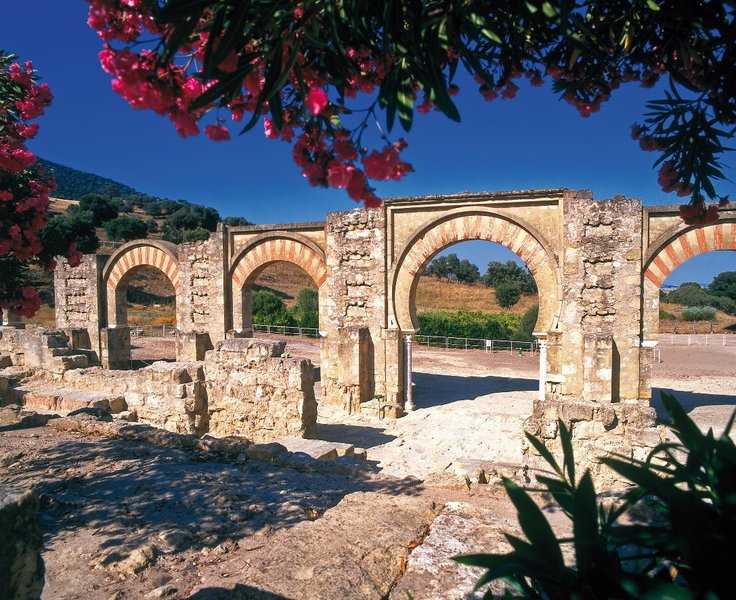
Ruins of Medina Azahara
Palacial city built in 936 by the Caliph Abderrahmán III to the northwest of the country's capital, Cordoba, on the Sierra Morena Mountains. As with the Great Mosque, it was conceived as the image of the Andalusia of that period and of the governing dynasty. As an author of the time said, the people in charge wanted to perpetuate their memory with the language of the great buildings. In 929, the Umayyad leader proclaimed the Caliphate, consecrating by law the pre-eminencethat Ál-Ándalus had in the Mediterranean of its time and its autonomy with respect to the rest of Islam. Their opponents of the tenth century, the Fatimids, did the same by founding Cairo in the last quarter century. Security also came down to the decision of the Caliph, and not just that of the Corboba Medina. The city, which covered 112 hectares, was raised in a short space of time: the great mosque was finished in 941, the following year Cordoba was connected by road and in 944 the first official ceremony was held in Medina Azahara, which was actually its inauguration and the Andalusi central government moved there. With the transfer of the mint, the change of capital was complete.
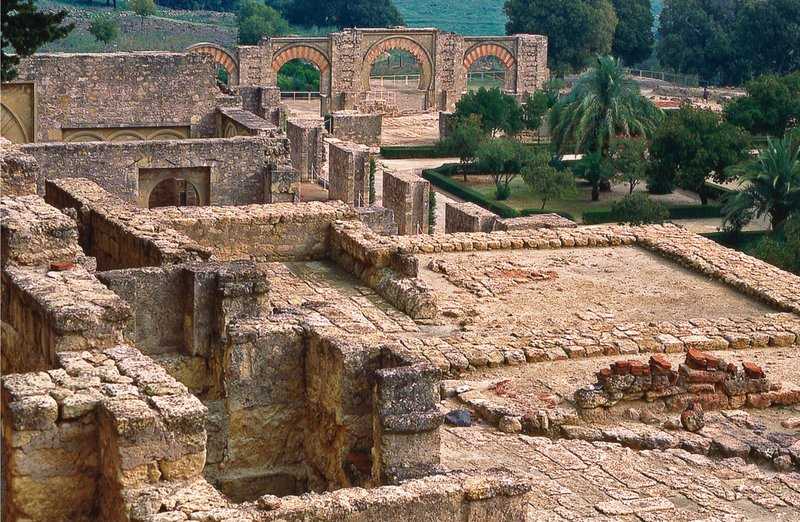
The city was meticulouslyplanned according to the Umayyad concepts. Making use of the mountain slope, the buildings were structured according to their uses and the services they provided. At the top is the palace and the Caliph's residence, built around the Abderrahmán III Hall and the Dar al-Mulk, or caliphate residence.
Medina Azahara had a relatively short life. In 996 the city stopped being used for the administrative purposes for which it was founded. In the year that Al-Mansur stole the Caliphate power, he moved the State services to a new city, Medina Azahira, which was built facing away from the Cordoba medina. Years later, around 1010, its destruction commenced, when Cordoba becomes the headquarters of the political confrontations which resulted in the disappearance of the Umayyad Caliphate and the appearance of the Taifa Kingdoms. Alongside its destruction, the remains of the ancient buildings and materials that were used to build them were scattered throughout the country. By the middle of the 12th century only a few families still lived there. The first Spanish sources, following the conquest of 1236, referred to it as "Old Cordoba".
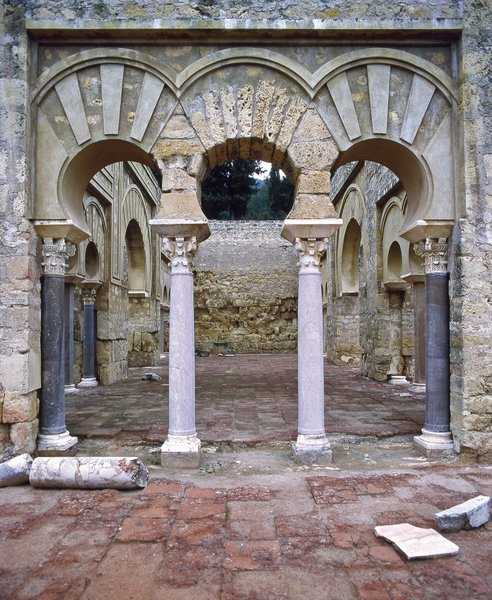
The Wall, the Viziers' House, the remains of the Great Mosque and the Gardens take you back to what was once the most beautiful Islamic monument in Ál-Andalus. The Cultural Department of the Regional Government of Andalusia organises thematic tours of the Medina Azahara Site accompanied by specialists who explain the values of its protected surroundings, present new perspectives of the Caliph city and raise questions related to the recovery and management of a unique site at European level.


